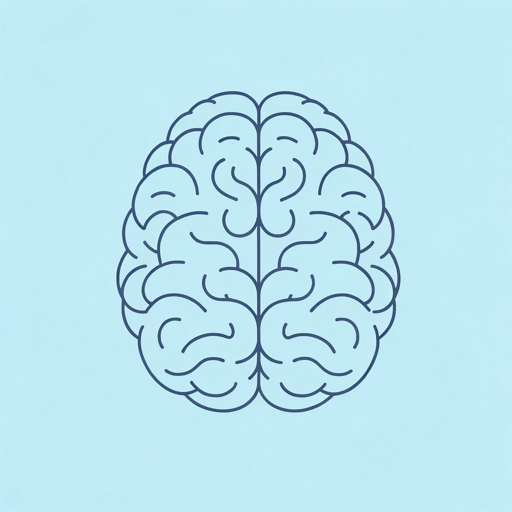47 pages • 1 hour read
Matthew WalkerWhy We Sleep
Nonfiction | Book | Adult | Published in 2017A modern alternative to SparkNotes and CliffsNotes, SuperSummary offers high-quality Study Guides with detailed chapter summaries and analysis of major themes, characters, and more.
Part 3, Chapters 9-11Chapter Summaries & Analyses
Part 3: “How and Why We Dream”
Chapter 9 Summary: “Routinely Psychotic: REM-Sleep Dreaming”
Chapter 9 focuses on REM sleep and the dreams that occur during this sleep stage. The arrival of magnetic resonance imaging (MRI) scanners in the early-21st century revolutionized our understanding of “how it is that we dream (e.g., logical/illogical, visual/non-visual, emotional/non-emotional)” (194), “what it is that we dream about (e.g., experiences from our recent waking lives/de novo experiences)” (194), and “why it is that we dream” or the purpose(s) of REM-sleep dreaming (194). Prior to MRI, scientists only used electrodes placed on the scalp, which measure the electrical activity of the brain. In contrast, MRI scanners provide a structural map of the brain, enabling scientists to examine the different brain areas.
During REM sleep, the visual, motor, emotional, and autobiographical memory regions of the brain “light up” (195), indicating an increase in brain activity compared to deep NREM sleep. Regions of the prefrontal cortex, which controls rational thought, also deactivate during REM sleep. Different activity levels in the four brain regions allow scientists to determine the form of someone’s dream. For example, if there was greater motor activity and minimal visual and emotional activity, then the dream contained lots of movement with few emotions and visual scenes and objects.

